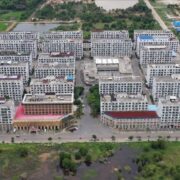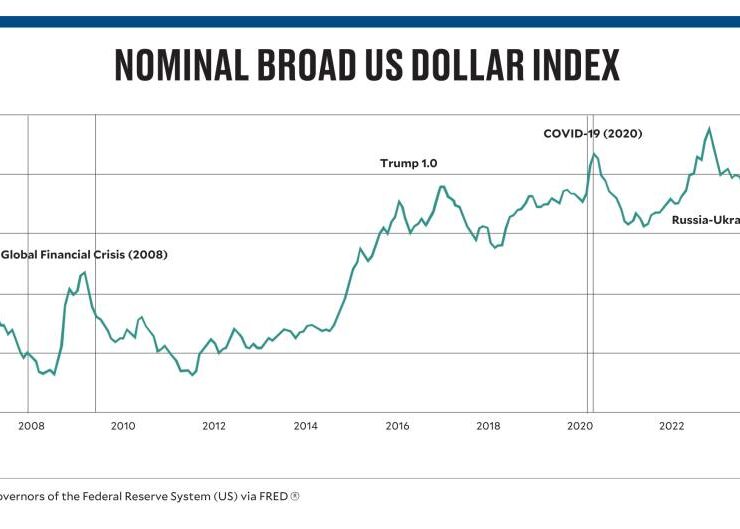Semiconductor sector fears ‘devastating’ US tariffs

The 100-percent tariff on semiconductors that US President Donald Trump announced on Thursday casts a gloomy outlook for Philippine exporters of semiconductor and related electronic products.
Trump said the tariffs would apply to semiconductors from firms that do not invest in the United States, the Agence France-Presse reported.
He did not give a timetable for the enactment of this tariff, which he has repeatedly threatened in the past.
Danilo Lachica, president of the Semiconductors and Electronics Industries in the Philippines Foundation Inc., said the steep tariff rate on semiconductors bound for America “would be devastating.”
Lachica told the Inquirer that semiconductors comprised about 70 percent of the country’s exports.
Before Trump’s announcement, Special Assistant to the President for Investment and Economic Affairs Frederick Go said last month that semiconductors and electronics, among the country’s leading exports to the US, are exempted from reciprocal tariffs.
Washington slashed the import duty on Philippine exports to 19 percent, based on an executive order that Trump signed, resetting the tariff on 68 countries and the European Union.
America’s new tariff policy took effect on Aug. 7.
Enunina Mangio, president of the Philippine Chamber of Commerce and Industry, said they believe the US still has room to reduce the 19-percent tariff on imports from the Philippines given the trade relations between the two countries.
“For me, my own evaluation, the tariff or the reciprocal tariff of the US government, it’s not yet final, and if you notice, it keeps on changing,” Mangio said on the sidelines of the Metro Manila Business Conference 2025 held in Quezon City.
“Let’s wait. Let’s keep it for a few more months because to me, I think it will go down … We have no more things to offer. We have already given so much to the US government,” she told reporters.
Amid exporters’ slight apprehension among Philippine exporters, Mangio said they are improving their production costs and logistics to expand their businesses and become more globally competitive.
“If we’re able to improve our logistics cost, we will be better off,” added Mangio. “What we can do, as I said to them, let’s look at our supply chain to be more competitive. We have many raw materials in the Philippines that are not being tapped.”
The United States is the leading destination of the Philippines in 2024, accounting for 16.6 percent or $12.14 billion of $73.27 billion in export receipts, according to the Philippine Statistics Authority.
Among commodity groups, electronic products remained the country’s top export with $39.09 billion or 53.4 percent in the previous year.





















